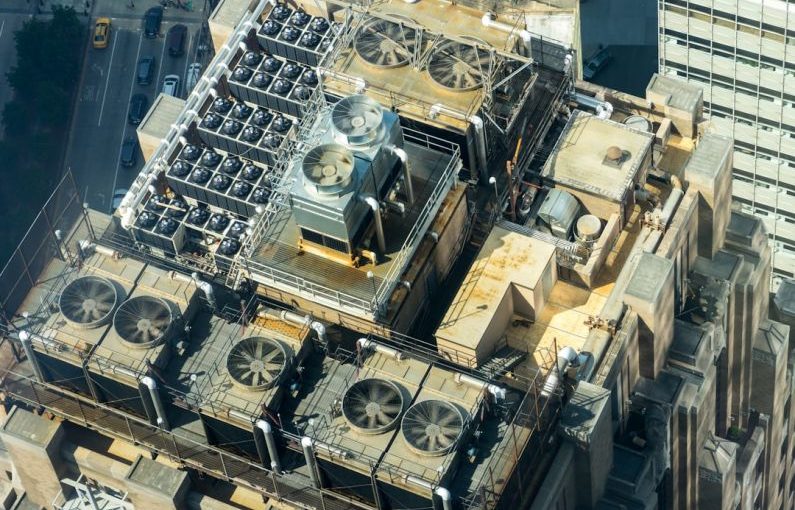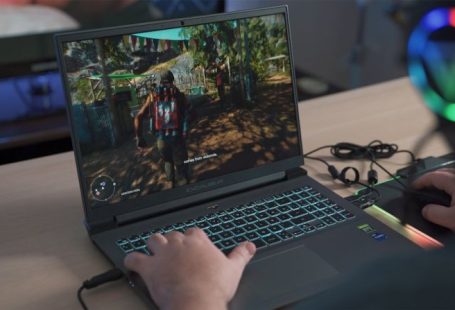Keeping Your Micro PC Cool under Heavy Load
When you’re pushing your micro PC to its limits, whether you’re gaming, running resource-intensive applications, or engaging in creative work, it’s essential to ensure that your system remains cool. Overheating can lead to performance issues, hardware damage, and even system failure. In this article, we’ll explore effective strategies to keep your micro PC cool under heavy load.
Monitor Your Temperatures
Before diving into cooling solutions, it’s crucial to monitor your micro PC’s temperatures. Utilize software tools like HWMonitor, Core Temp, or SpeedFan to keep an eye on your CPU and GPU temperatures in real-time. Monitoring temperatures will help you identify when your system is running hot and whether your cooling solutions are effective.
Ensure Proper Airflow
One of the simplest and most effective ways to keep your micro PC cool is to ensure proper airflow within your system. Start by organizing your cables to avoid blocking airflow and hindering ventilation. Additionally, consider installing case fans to improve air circulation. Position intake fans at the front of your case and exhaust fans at the rear to create a pathway for hot air to escape.
Upgrade Your Cooling System
If you find that your micro PC is still running hot under heavy load, it may be time to upgrade your cooling system. Investing in an aftermarket CPU cooler or GPU cooler can significantly improve thermal performance. High-quality air coolers or liquid cooling solutions can help dissipate heat more efficiently, keeping your components operating at optimal temperatures.
Apply Thermal Paste
Proper application of thermal paste is essential for ensuring efficient heat transfer between your CPU or GPU and its cooler. Over time, thermal paste can degrade, leading to poor thermal conductivity and increased temperatures. If you notice your system running hotter than usual, consider reapplying thermal paste to improve heat dissipation and lower temperatures.
Optimize Fan Speeds
Most modern micro PCs come with fan control options that allow you to adjust fan speeds based on temperature thresholds. Take advantage of these features to optimize your fan speeds for better cooling performance. Consider creating custom fan curves that ramp up fan speeds as temperatures rise, ensuring that your components stay cool under heavy load.
Clean Your Components Regularly
Dust buildup on your components can impede airflow and lead to higher temperatures. Make it a habit to clean your micro PC regularly to prevent dust accumulation. Use compressed air or a soft brush to remove dust from fans, heatsinks, and other components. By keeping your system clean, you can maintain optimal airflow and cooling efficiency.
Position Your Micro PC Properly
The placement of your micro PC can also impact its cooling performance. Ensure that your system is positioned in a well-ventilated area with sufficient clearance around it. Avoid placing your micro PC in enclosed spaces or near heat sources that can raise ambient temperatures. Positioning your system in a cool environment will help it dissipate heat more effectively.
Conclusion:
By implementing these strategies, you can effectively keep your micro PC cool under heavy load, ensuring optimal performance and longevity for your system. Monitoring temperatures, ensuring proper airflow, upgrading your cooling system, applying thermal paste, optimizing fan speeds, cleaning your components regularly, and positioning your micro PC properly are key steps to maintaining a cool and efficient micro PC setup. Prioritize cooling to safeguard your system from overheating and maximize its potential under heavy workloads.





